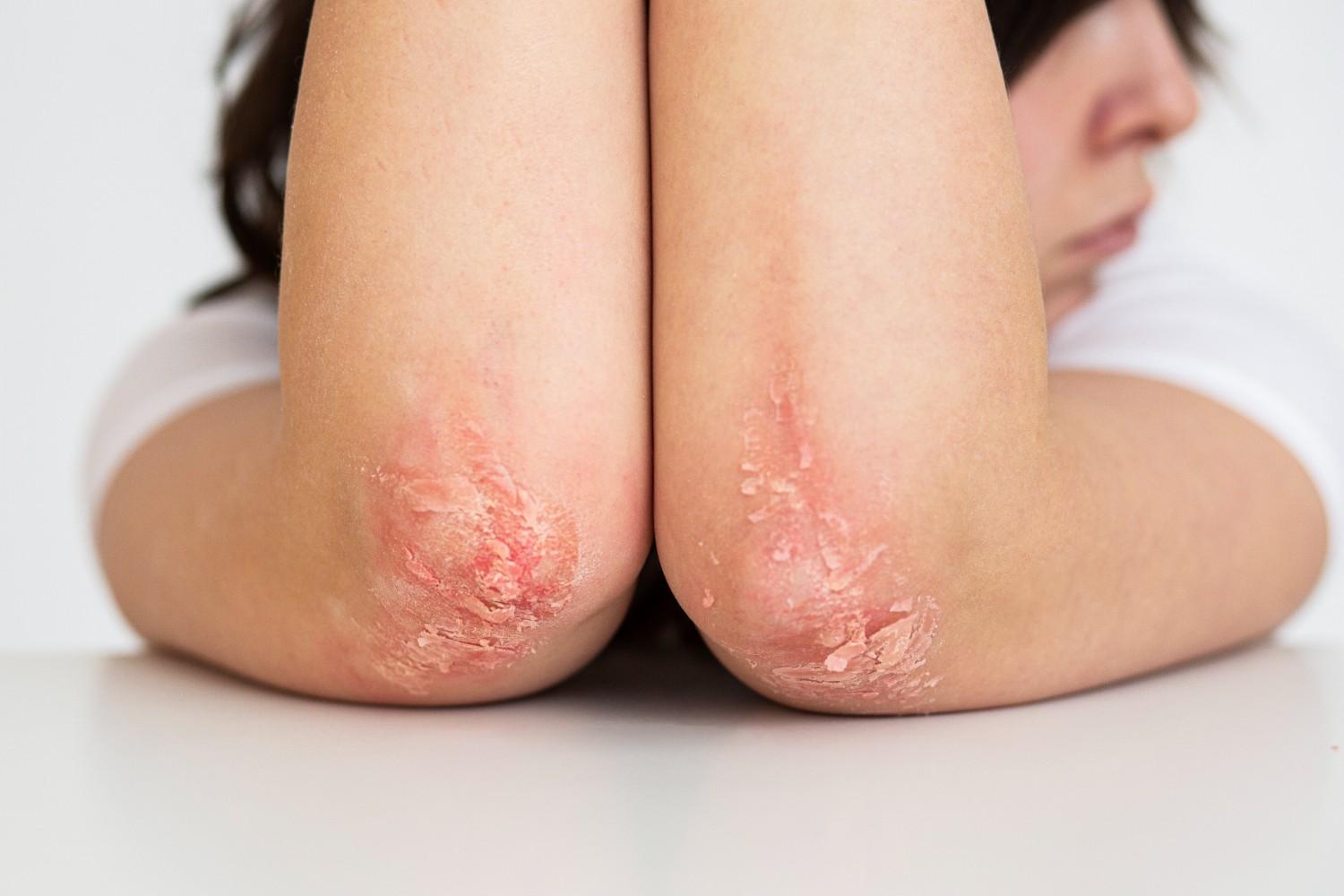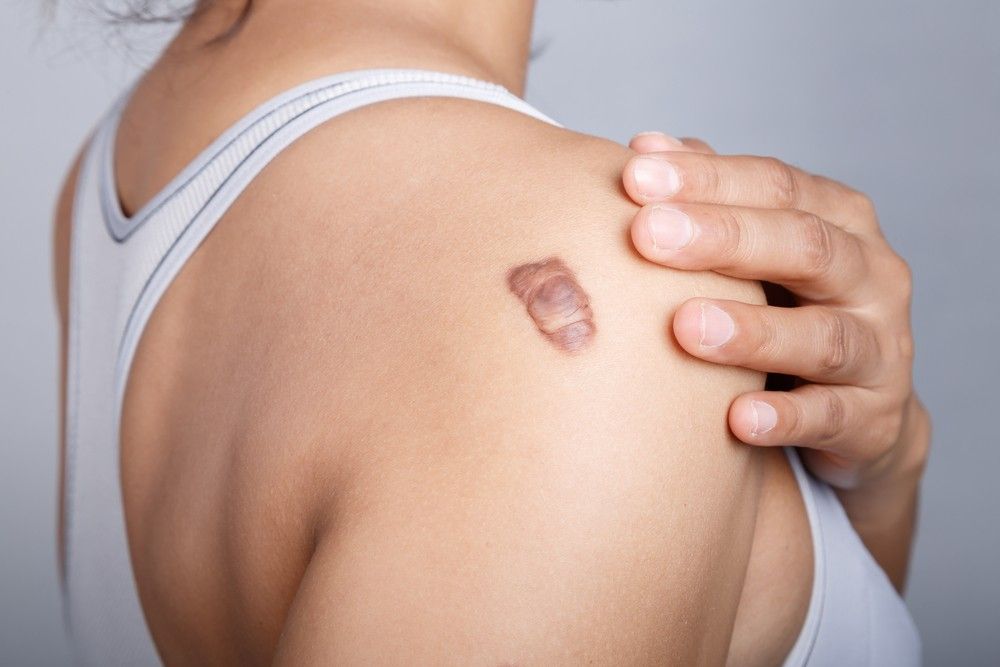Keloid Treatment in Bangalore
Get Rid of Keloid Scars Safely & Effectively
Are you dealing with keloid scars that keep growing, itching, or causing discomfort? Keloid Scar Treatment in Bangalore can help reduce or remove these stubborn scars, restoring smoother, healthier skin.
What is a Keloid ?
A keloid scar is a type of raised, thickened scar that forms due to excess collagen production during wound healing. Unlike normal scars, keloids continue growing beyond the original wound area and may become itchy, painful, or cosmetically unappealing.
Keloid Scar Treatment in Bangalore is essential for managing scars that extend beyond the original wound, unlike hypertrophic scars that stay within the boundary. Keloids commonly develop on the chest, shoulders, earlobes, and jawline, often triggered by surgery, injuries, acne, piercings, or burns. While not harmful, they can cause physical discomfort and emotional distress. Early intervention can help prevent further growth and improve skin texture for a smoother appearance.

Causes & Risk Factors for Keloids
Certain individuals are more prone to developing keloid scars. Key causes and risk factors include:

Genetics – A family history of keloids increases your risk.
Skin Type – People with darker skin tones are more susceptible.
Injuries & Surgeries – Cuts, burns, acne, or surgical scars may lead to keloid formation.
Body Piercings & Tattoos – Ear and nose piercings are common keloid triggers.
Hormonal Changes – Pregnancy, puberty, or other hormonal shifts may contribute to keloid development.
If you notice a growing scar that extends beyond the original wound, consult a specialist for professional keloid treatment.
Symptoms & Stages of Keloid Formation
Keloids develop gradually and go through multiple stages. Identifying early signs can help with timely treatment.
Early Stage
The scar appears pink, red, or dark brown, with mild itching or tenderness.
Growth Stage
The keloid thickens and expands beyond the original wound, sometimes becoming painful.
Mature Stage
The keloid becomes hard, raised, and may continue growing over time.
If left untreated, keloids can cause discomfort and be difficult to remove. Seeking keloid scar treatment early prevents further growth and improves outcomes.
Non-Surgical Treatments for Keloid Reduction
Several non-invasive options can help reduce keloid size, flatten scars, and relieve discomfort.
Steroid Injections
Corticosteroid injections shrink keloids by reducing inflammation and collagen buildup. Multiple sessions gradually soften and flatten the scar.
Silicone Gel Sheets & Pressure Therapy
Silicone-based treatments help hydrate keloids, reducing their size and hardness. Pressure dressings prevent further scar expansion.
Cryotherapy
Liquid nitrogen is used to freeze the keloid, reducing its size. Best suited for small, early-stage keloids.
These methods work best for mild-to-moderate keloids. For larger scars, advanced treatments like laser therapy or surgical removal may be recommended.
Laser Therapy for Keloid Removal
Laser treatment is an effective, non-invasive option to flatten and reduce keloid scars.
- Targets excess collagen, breaking down keloid tissue.
- Encourages new skin regeneration for smoother texture.
- Minimally painful with no downtime.
Most patients need 3-6 sessions for visible improvement. Laser therapy is ideal for individuals seeking keloid scar treatment without surgery.

Surgical Keloid Removal
For larger or recurring keloids, surgical excision may be necessary.

Shave Removal – Flattens the keloid without cutting it entirely.
Full Excision – Removes the keloid and seals the skin properly.
Post-Surgical Treatments – Steroid injections or radiation therapy help prevent regrowth.
Surgical keloid removal is best suited for large, painful keloids that don’t respond to non-invasive treatments.
Innovative Treatments
Platelet-Rich Plasma (PRP) Therapy
PRP injections enhance healing, soften scars, and prevent keloid recurrence. Best when combined with microneedling or laser therapy.
Microneedling for Keloid Reduction
Uses tiny needles to break down thick scar tissue and promote skin remodeling. Helps in flattening keloids and improving skin texture.
Combining PRP & microneedling with laser or steroids provides superior scar reduction results.
Preventing Future Keloid Formation
While keloids cannot always be prevented, these steps can reduce your risk:
- Avoid unnecessary body piercings or tattoos if you are prone to keloids.
- Use silicone sheets or pressure dressings after an injury.
- Early wound care with medicated ointments helps reduce excessive scar formation.
If you are prone to keloid scars, consulting a dermatologist early can help in preventative treatment.

Frequently Asked Questions
1. Does keloid scar treatment completely remove the scar?
Keloid treatments can significantly reduce and flatten scars, but complete removal depends on the treatment method and skin type. Some treatments may require multiple sessions for the best results.
2. Is keloid removal painful?
Most treatments, such as laser therapy, PRP, or steroid injections, cause minimal discomfort. Local anesthesia is often used to ensure a pain-free experience.
3. Can keloids grow back after treatment?
Yes, keloids can reoccur, but proper post-treatment care and steroid injections help reduce the chances of regrowth. Regular follow-ups with a doctor can prevent recurrence.
4. How long does it take to see results?
Visible improvement can be seen within a few weeks to months, depending on the treatment and keloid size. Some procedures may require multiple sessions for optimal results.
5. When should I see a doctor for a keloid?
If your scar is growing, painful, or affecting your confidence, consult a specialist as early treatment is more effective. Delaying treatment can make keloid management more challenging.
Book Your Keloid Treatment in Bangalore Today
Keza Skin & Hair Clinic © 2024. All rights reserved. Sitemap
- Home
- About Us
- Services
- Medi Facial
- PMU
- Hair
- Medical
- Laser
- Non-Surgical
- Surgical
- Cosmetic Gynaecology
- Hymenoplasty
- Labiaplasty
- Laser Vaginal Tightening
- Surgical Vaginal
- Vaginal Rejuvenation
- PRP
- G-Spot
- O-Spot
- Clitoral Hood Reduction
- Monoplasty
- Perineoplasty
- Labial Puffing
- Vulval Skin Tag Removal
- Fat Grafting to Genitals
- Postpartum Vaginal Revitalization
- Vaginal Lightening
- Earlobe Surgery
- Bartholin’s Cyst
- Gallery
- Blog
- Contact Us
